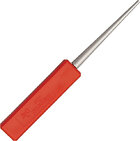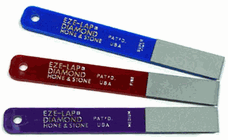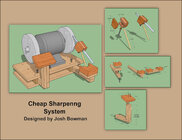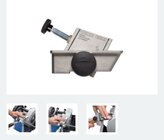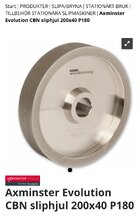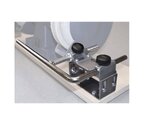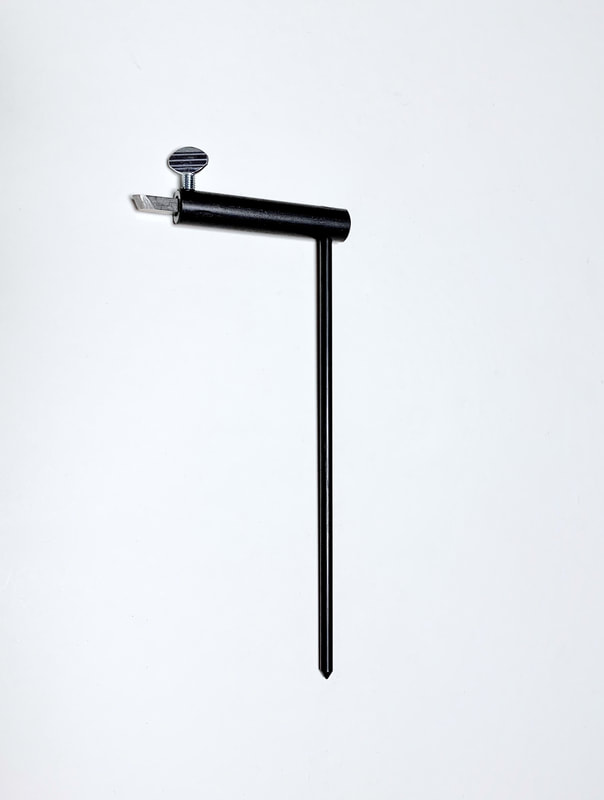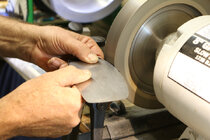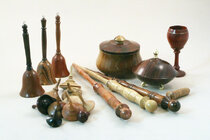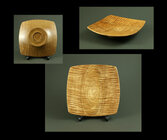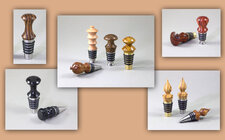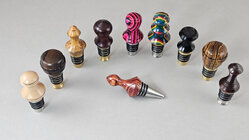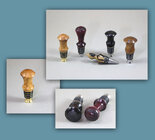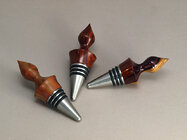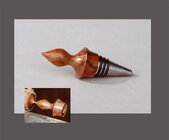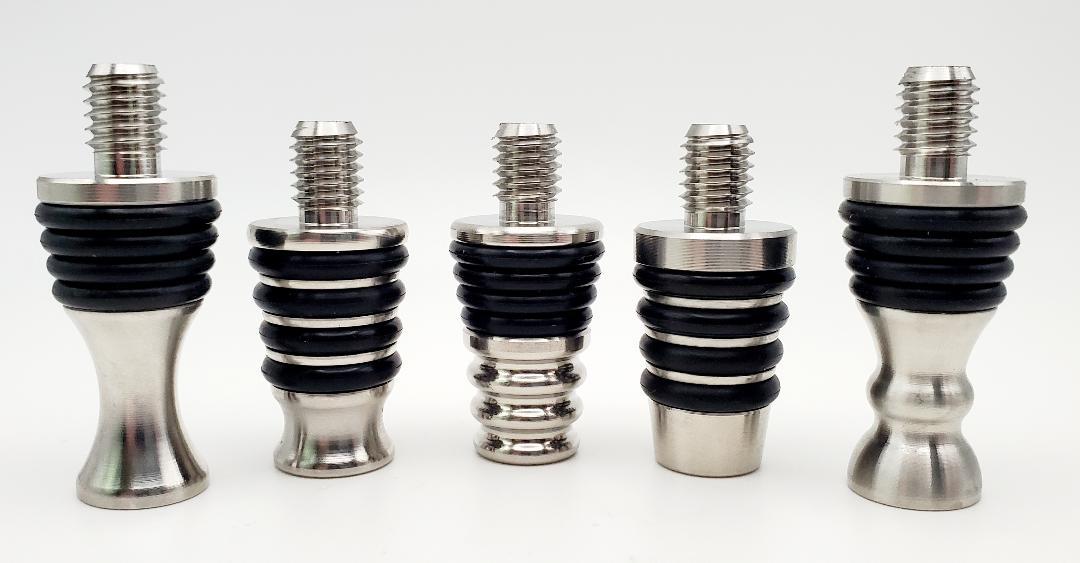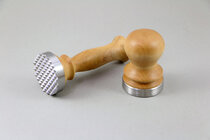Hi everyone!
I’m currently living in southern Sweden. I moved here around 9 years ago from Spokane, Washington were I was born and raised. I’ve been interested in wood turning for a long time but never had the opportunity to get into it. Last year I found an old lathe on a local auction site and ended up winning it for around $30. Thus the journey began. After getting a 3 phase outlet installed in the shop and building a stand for it, not to mention countless hours of YouTube and internet research, I spent all last winter playing around on it. The thing I love most about the hobby is the challenge and depth of knowledge associated with it. It’s apparent I can turn the rest of my life and never stop learning. We have nice mixed hardwood forests everywhere here. I’m always in the lookout for pieces to scavenge. In the summertime, I’m big into mountain biking, but when the weather gets nasty in the winter, turning has become my way to stay sane during the dark winter months. I still have not made anything I’m satisfied with. That’s fine with me. It’s the progression and learning I love most about turning. This year, I’m going to invest in a good sharpening system and learn that art. I have a decent stockpile of oak and elm I’m eager to start playing with. I turn mostly bowls, but started with spindle work. Someday, I think I would like to start making hand drums. Excited to be a part of the forum and look forward to continuing my learning here! Thank you!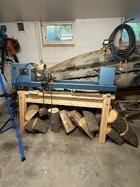
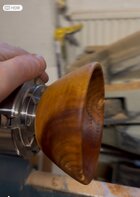
I’m currently living in southern Sweden. I moved here around 9 years ago from Spokane, Washington were I was born and raised. I’ve been interested in wood turning for a long time but never had the opportunity to get into it. Last year I found an old lathe on a local auction site and ended up winning it for around $30. Thus the journey began. After getting a 3 phase outlet installed in the shop and building a stand for it, not to mention countless hours of YouTube and internet research, I spent all last winter playing around on it. The thing I love most about the hobby is the challenge and depth of knowledge associated with it. It’s apparent I can turn the rest of my life and never stop learning. We have nice mixed hardwood forests everywhere here. I’m always in the lookout for pieces to scavenge. In the summertime, I’m big into mountain biking, but when the weather gets nasty in the winter, turning has become my way to stay sane during the dark winter months. I still have not made anything I’m satisfied with. That’s fine with me. It’s the progression and learning I love most about turning. This year, I’m going to invest in a good sharpening system and learn that art. I have a decent stockpile of oak and elm I’m eager to start playing with. I turn mostly bowls, but started with spindle work. Someday, I think I would like to start making hand drums. Excited to be a part of the forum and look forward to continuing my learning here! Thank you!



